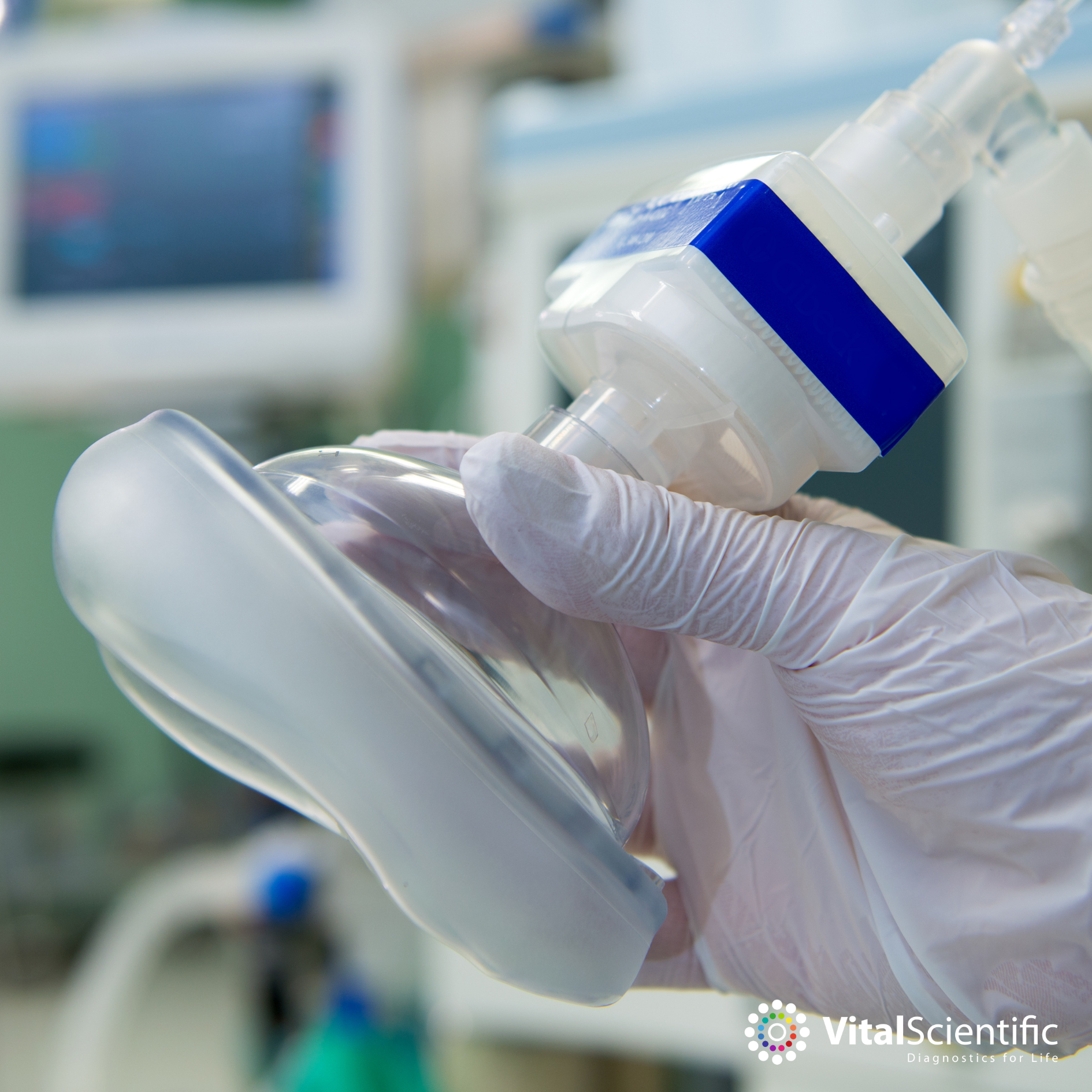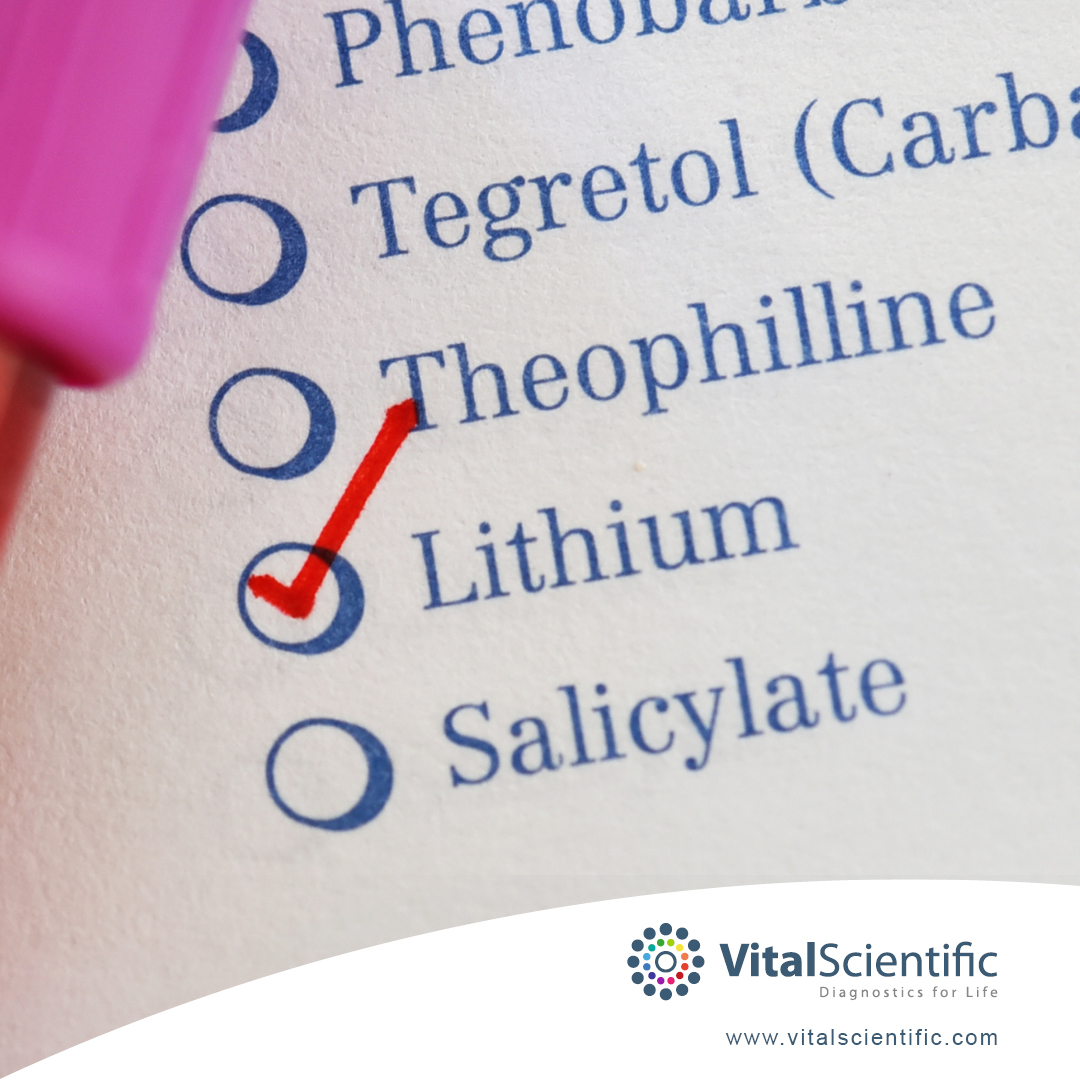What is Pseudocholinesterase deficiency?
The primary role of Cholinesterase in Clinical Diagnostics is to detect or monitor an acquired or inherited pseudocholinesterase deficiency. Pseudocholinesterase deficiency is a condition that causes increased sensitivity to certain muscle relaxant drugs used during general anesthesia (choline esters). These drugs relax the muscles used for movement, including those used for breathing. Normally, the muscles are able to move again a few minutes after the drugs are given. People with Pseudocholinesterase deficiency may not be able to move or breathe on their own for a few hours after these drugs are given.(1)
If pseudocholinesterase deficiency stays undetected it may lead to prolonged muscular paralysis after clinical anesthesia.
Other conditions impacting serum Cholinesterase activity
Other clinical conditions that may impact serum Cholinesterase activity are acute and chronic liver disease, inflammation, malnutrition, and Alzheimer’s disease. Also, exposure to pesticides containing organophosphates or any other deliberate or unintended exposure to organophosphates may affect Cholinesterase in serum. Organophosphates bind and inhibit cholinesterase activity affecting the peripheral and central nervous system.
Choline esters
Cholinesterase hydrolyses choline esters and there are two types: Acetylcholinesterase and Pseudocholinesterase
They are distinguished from each other based on the preferred substrate: Acetylcholine or Butyrylcholine. Pseudocholinesterase is found predominantly in the liver but also in the pancreas, intestine, heart, and brain, and it’s present in serum/plasma. Acetylcholinesterase is found in red blood cells and nervous tissue.
Methods for estimating Cholinesterase activity
A number of methods utilizing a range of detection technologies have been developed for estimating serum/plasma Cholinesterase activity, however, many of these are not so well suited to routine use or require specialized equipment, which may not be readily available. The most common method used in routine clinical chemistry service laboratories is spectrometry, detecting thiocholine or other substrates (Ellman, Garry & Routh method or DGKC method).(2)
What about VitalScientific Cholinesterase reagent?
The VitalScientific Cholinesterase* reagent is available as a common kit for Selectra systems. The Cholinesterase reagents are ready-to-use liquid stable, with 8 weeks of onboard stability (Selectra Pro & Mach series). The method is based on the DGKC published method and provides significantly better onboard reagent and calibration stability compared with commercial reagents utilizing the Ellman method. The calibration is traceable to DGKC method using the ELICAL calibrators.
VitalScientific Cholinesterase reagents have an ideal shelf life and combined with optimized packaging; it offers an economical option for low-volume testing.
For more information: See Reagent Catalogue or contact us.
- https://rarediseases.info.nih.gov/diseases/7482/pseudocholinesterase-deficiency
- S. Chowdhary et al. / Clinica Chimica Acta 431 (2014) 66–76
- Photo by Anna Shvets: https://www.pexels.com/photo/anesthesia-mask-lying-in-an-operating-room-during-surgery-6291290/
*Product availability may be subject to regulatory requirements. Please contact your local representative for more information.
Read more articles
Let us help you
For general inquiries or technical support, please use the link to the right. Click ‘Contact’ to complete a brief online form, and someone will be in touch with you soon.






